BUBA
TEAM WORK | SCHOOL PROJECT | 2021-2022
Toolkit for remote pediatric diagnostics
Background

Childhood Illnesses: Frequency and Severity in Early Years
Young children, on average, get sick five to seven times a year before they turn five. This is due to their still-developing immune systems. Each year, numerous children contract the seasonal flu, leading to thousands of hospitalizations and, unfortunately, hundreds of reported fatalities.

Parental Anxiety in Assessing Child's Illness and Visit Challenges
When it comes to parents and their children, there is a significant amount of fear and stress involved for both parties. This is not only due to the illness itself and the accompanying anxiety but also because of the challenges that arise when planning a visit. Parents often lack the knowledge or guidance to accurately identify and describe symptoms. Kids might also be scared of unfamiliar doctors, making them feel anxious and uncooperative during the appointment.

The Cost of Healthcare Travel: A Rural Perspective
Dr. Christopher Caggiano from Becker’s Healthcare argues that within a year: In rural areas, patients per facility can save approximately €8,000 in travel expenses and lost wages. This significant savings is attributed to the fact that distances to hospitals in rural regions can exceed 200 kilometers. Furthermore, this situation places additional strain on hospital and clinic spaces, depletes valuable resources, and contributes to increased congestion.
Scenarios
In rural areas, valuable time is often lost when residents need to visit the doctor.

Despite online consultations, an in-person appointment may still be necessary for an accurate diagnosis.

Definition


• Fear and trust
• Symptoms descriptions
• Assessment (emergency)
• Time cost

• Lack of data
• Time and resources costs
• Limitations
• Exposure
Moodboard
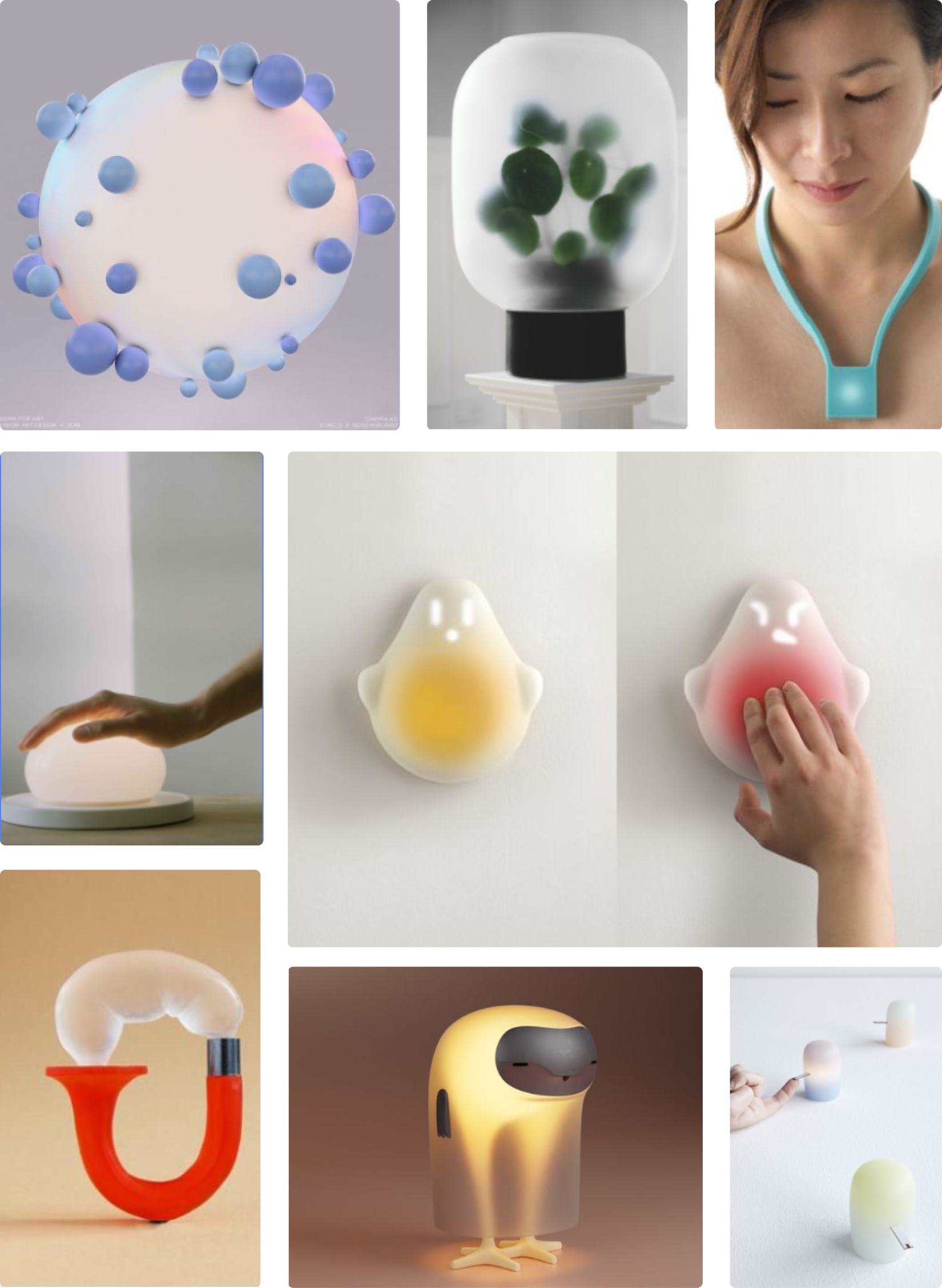
Ideation
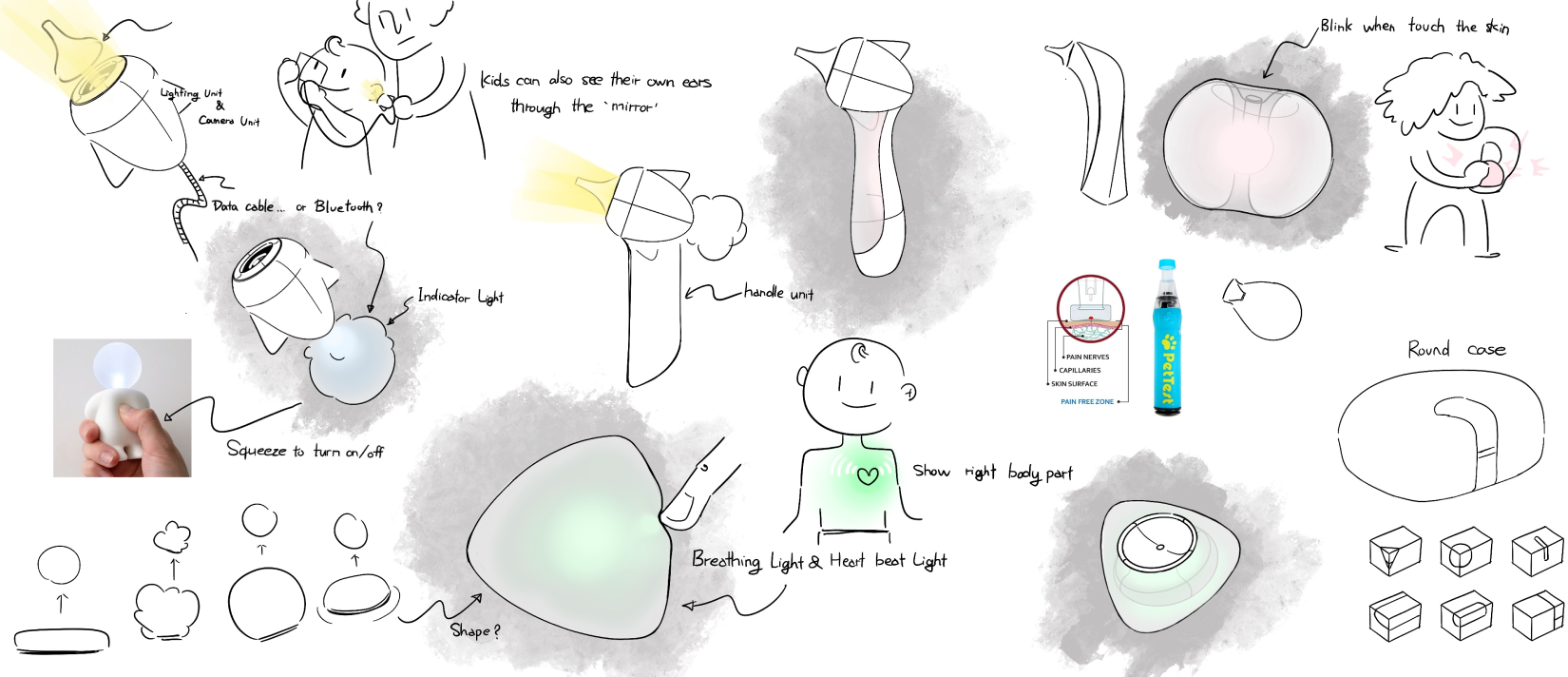
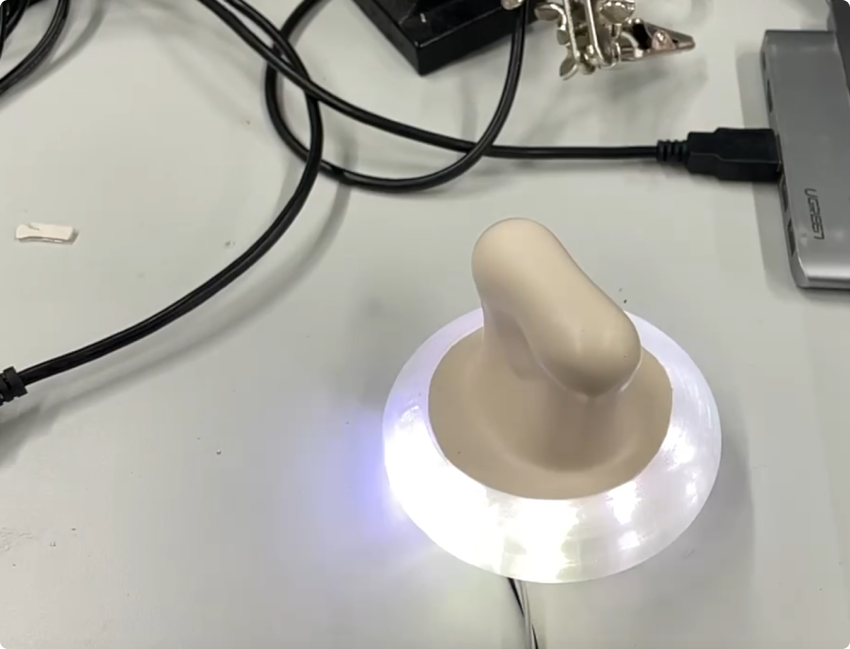
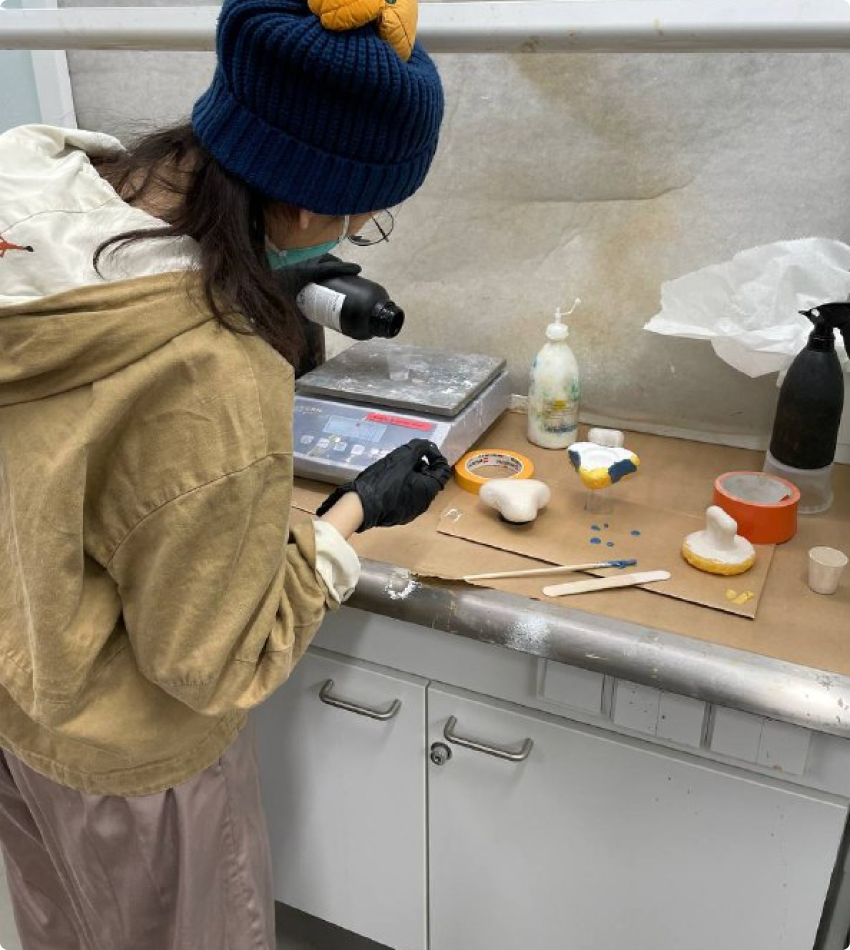
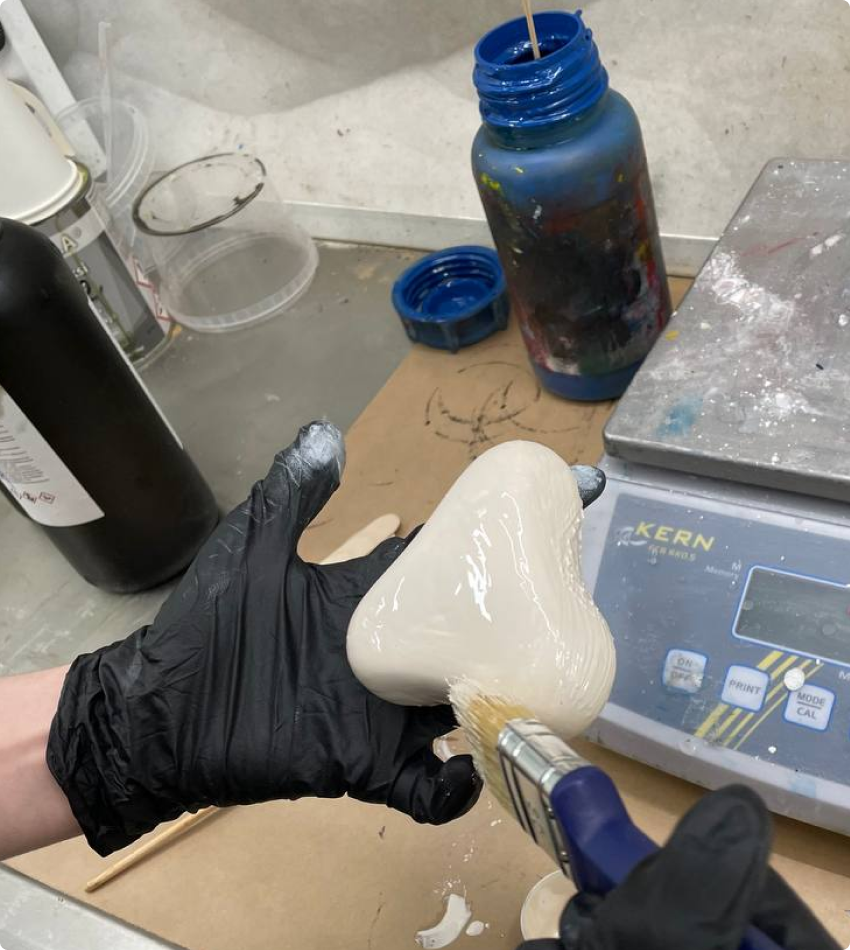
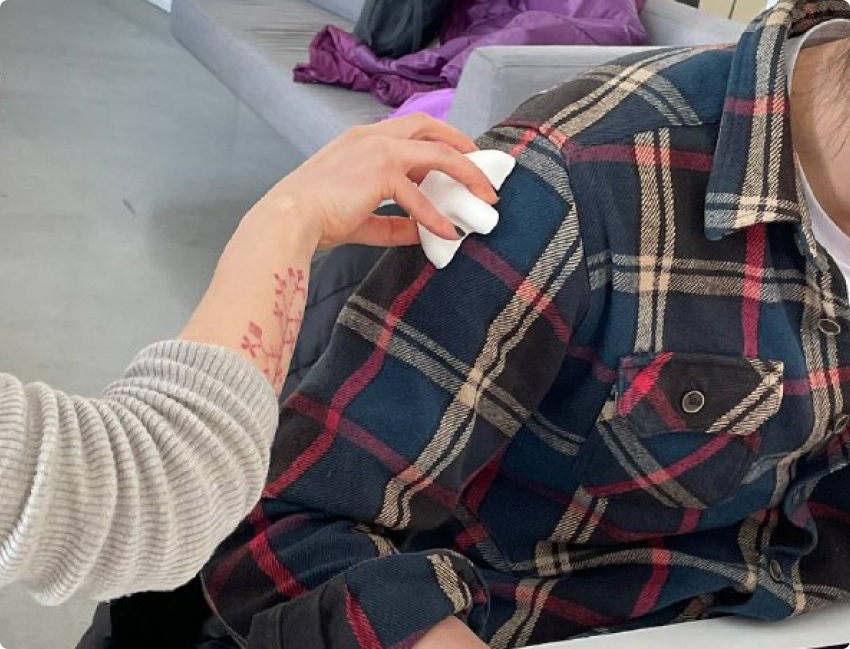
Buba platform
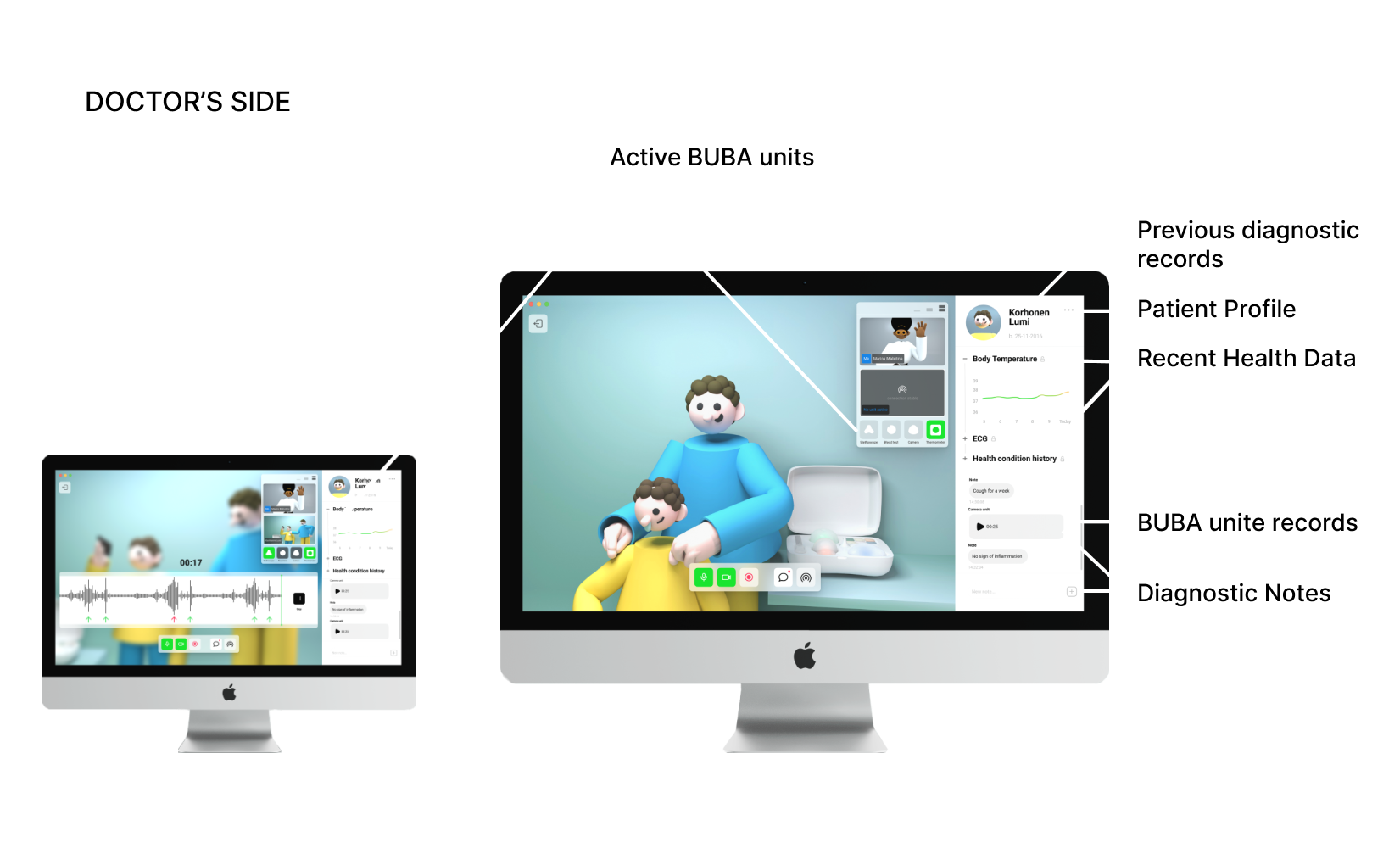
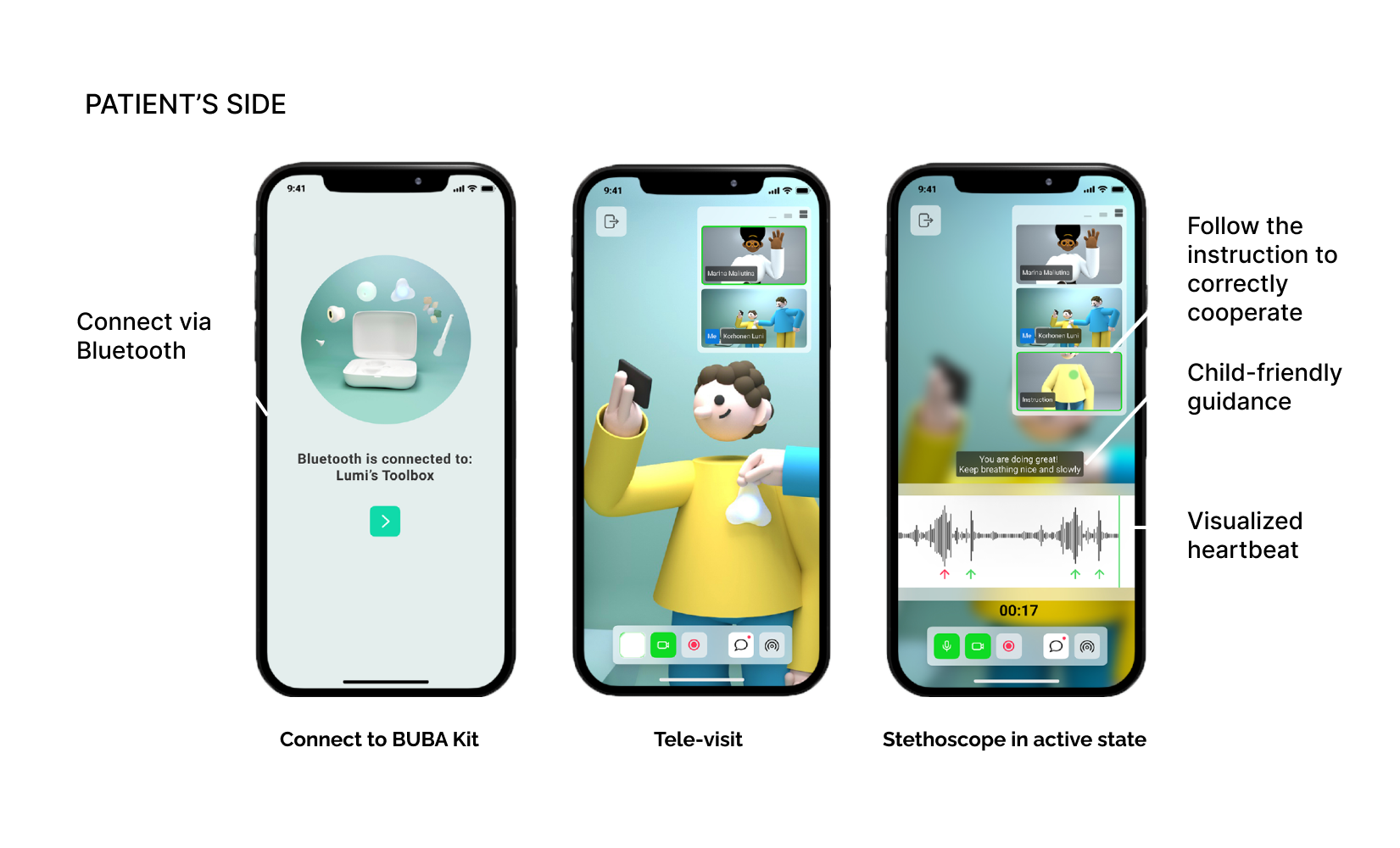
Buba kit
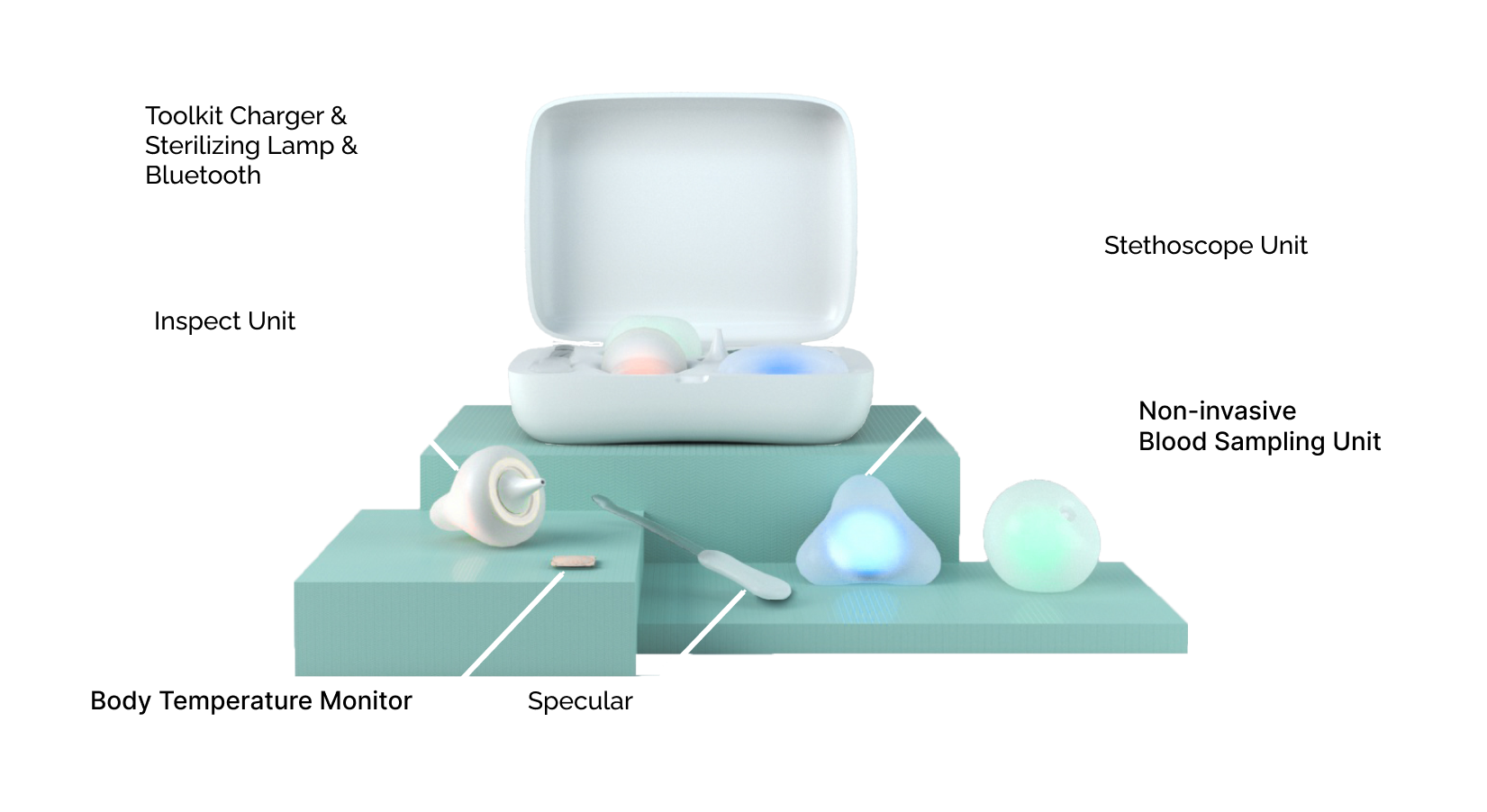

What is inside
The Buba kit automatically handles the charging and sterilization of all telemedicine devices. A standard Buba kit comprises a unit for examining the ears or throat, along with compatible lenses, a non-invasive blood sampling unit, and a stethoscope unit.

Doctor is in charge
All of these units transmit data to the doctor instantly during the tele-visit. Doctors have direct control over the units and can activate or deactivate them as needed.

Parent co-operate
Softly illuminated indicator lights with a frosted appearance gently inform parents about the device activated by the doctor. The rhythm of the heartbeat or breathing is also visually displayed. Simultaneously, on-screen instructions guide the patient to accurately position the device.
